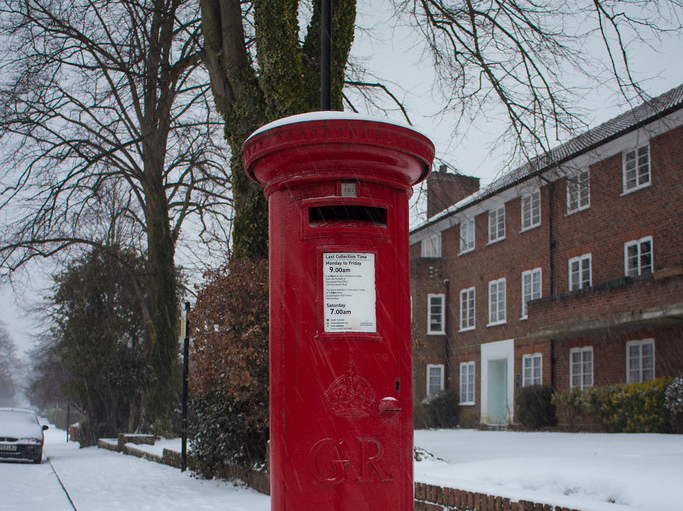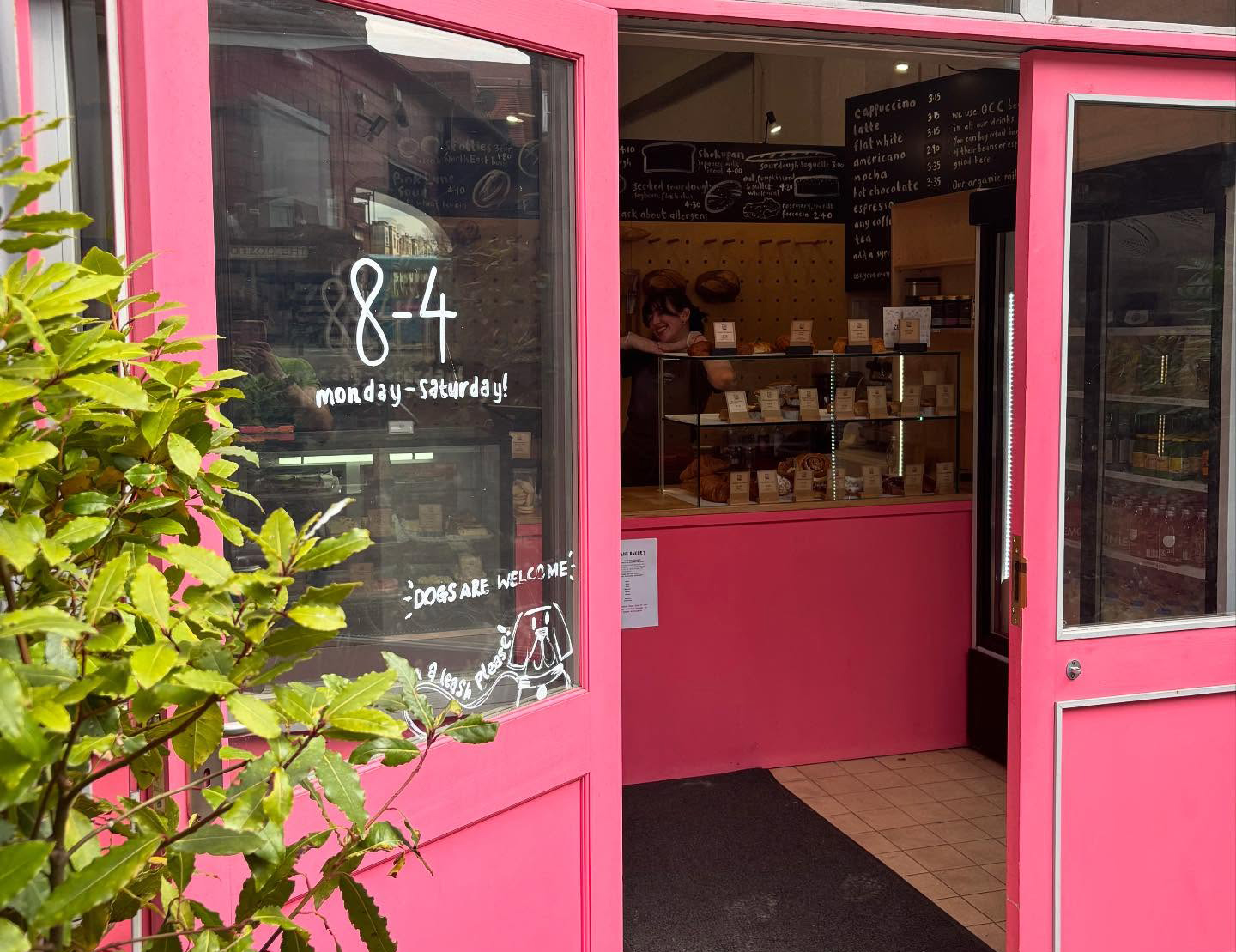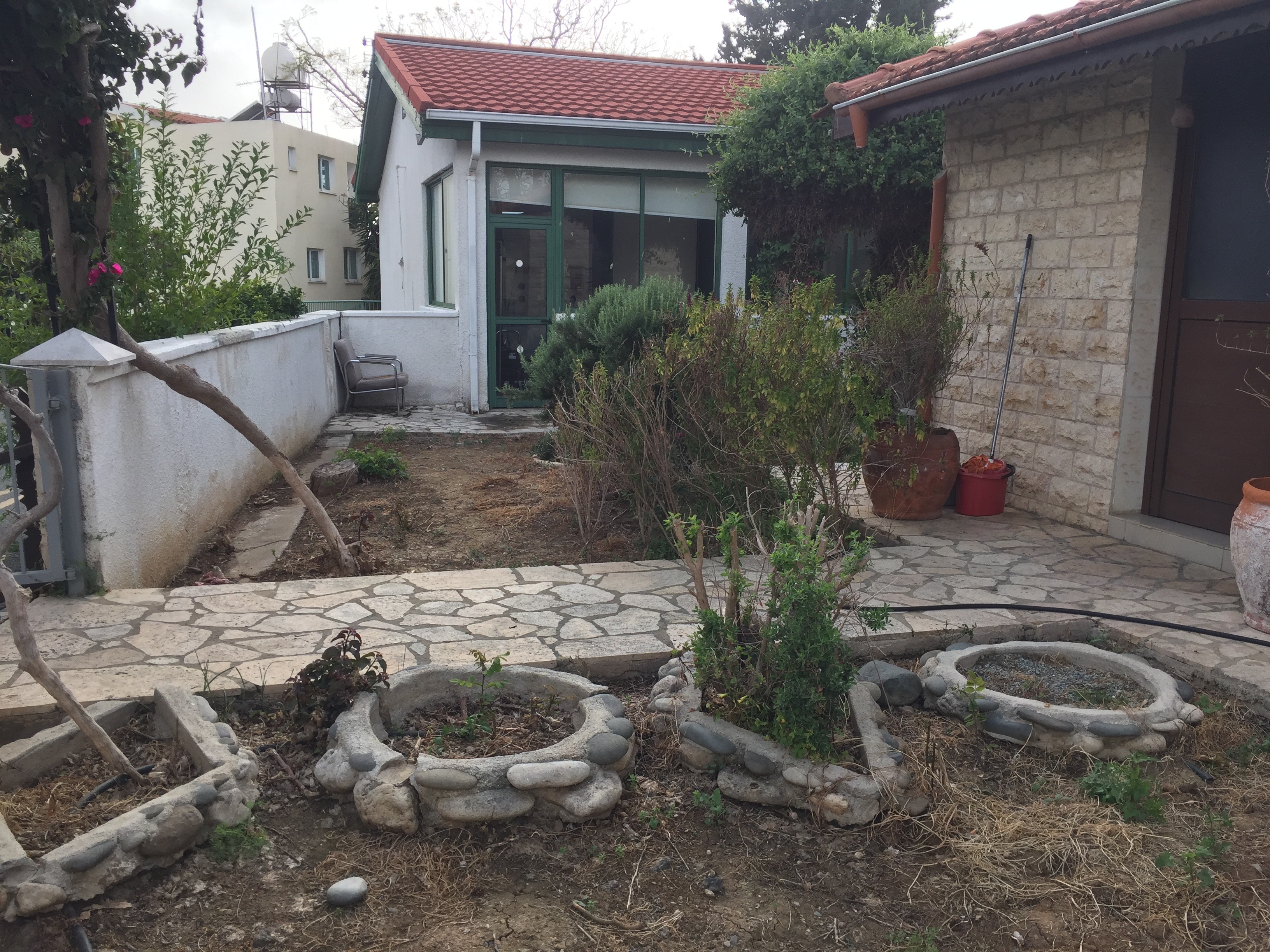Afghanistan finds itself in a very tight place in terms of financing the new Taliban government and the country’s economy. The result is that the nation’s currency, the afghani, has declined steadily for the past week against major currencies.
The Taliban have committed to stopping the trade in poppies and heroin for which Afghanistan is the global centre. But from where, analysts ask, will the country get funds?
Under the previous regime, some 75 per cent of public spending was financed through international aid grants. These are drying up, however.
On August 19, the International Monetary Fund (IMF) decided that Afghanistan would no longer be able to access its resources. The agency said that an allocation of about $370 million had been ready for the previous government in the country, but that these funds would be held. The funds were approved last November and intended to support Afghanistan’s recovery from the Covid-19 pandemic, anchor economic reforms, and spur donor financing.
An IMF spokesperson said it was due to “lack of clarity within the international community” over recognizing a government in Afghanistan.
On Wednesday, the World Bank has also halted financial aid to Afghanistan amid concerns about “the country’s development prospects, especially for women,” under the Taliban, a spokesperson told multiple media outlets. “We have paused disbursements in our operations in Afghanistan and we are closely monitoring and assessing the situation in line with our internal policies and procedures,” the spokesperson told the BBC.
While the country’s national bank has reserves, they have been kept outside the country. Earlier this week, the Biden administration also announced that central bank assets the Afghan government has in the US would not be made available to the Taliban. That means $9.5 billion in assets will not be available to the new government, and the White House has banned sending funds to the new regime.
The country’s former governor of the central bank (Da Afghanistan Bank) said: “Given that the Taliban are still on international sanction lists, it is expected that such assets will be frozen and not accessible to Taliban,” Ahmady said in a Twitter thread on Wednesday.
“We can say the accessible funds to the Taliban are perhaps 0.1-0.2 per cent of Afghanistan’s total international reserves which were at $10 billion. Not much,” he told Reuters.
Afghanistan’s economy was, of course, based on the sale of the heroin poppy. The country accounted for 80 per cent of the global heroin trade, according to a UN report.
“The primary sources of Taliban financing remain criminal activities, including drug trafficking and opium poppy production, extortion, kidnapping for ransom, mineral exploitation and revenues from tax collection in areas under Taliban control or influence,” the report says.
It is difficult to imagine that this will change under the current circumstances. The alternative would be to change Taliban policy involving women and human rights, in which case international donors might open their purses again. But nothing seen so far indicates that they are contemplating such a change of policy.






Click here to change your cookie preferences